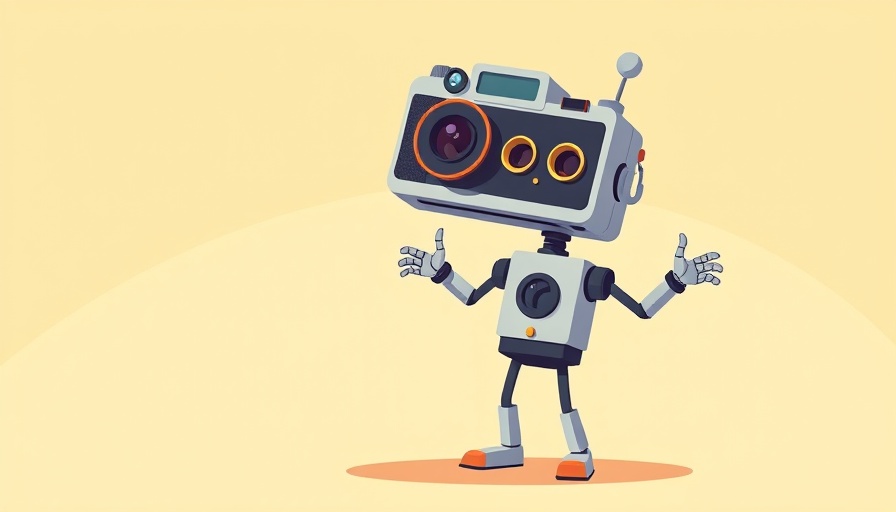
Unlocking Creativity with AI Image Generators
AI image generators are revolutionizing the way marketers approach visual content creation. As social media and digital marketing intensify, the need for stunning visuals has become paramount. Today’s AI image generators make it accessible for anyone, regardless of artistic background, to produce eye-catching images by simply inputting text prompts.
For instance, imagine asking an AI to create a “futuristic cityscape at sunset” or “a cat dressed as a pirate.” These requests are no longer confined to the imagination; they are actualized in seconds with tools like DALL-E 3 or Midjourney. The fusion of technology and creativity allows marketers unequaled flexibility and a chance to experiment without the heavy toll of traditional graphic design costs.
Transformative Impact on Marketing Strategies
The impact of AI image generators on marketing strategies is significant. According to research from industry sources, businesses utilizing these tools have seen an uptick in engagement metrics due to the unique and appealing imagery. With tools like Adobe Firefly providing high-quality, commercially safe images, marketers can craft tailored campaigns that stand out in crowded digital spaces.
Furthermore, platforms such as Canva and JumpStory not only enable image generation but also offer seamless integration into marketing workflows, elevating the overall efficiency of creative processes. With the ability to output different styles and variations, marketers can ensure their visual content remains fresh and relevant.
Why Understanding AI's Functionality Matters for Marketers
Understanding how AI image generators function is essential for marketers. These tools train on existing images and learn what resonates with viewers. Such knowledge can inform better prompt crafting and creative decisions. Marketers who grasp the technology behind these AI tools can maximize their effectiveness and create visually compelling narratives that resonate with their audience.
Additionally, marketers should consider ethical aspects when using AI-generated images. As the line blurs between creativity and copyright, questions of originality arise. Acknowledging these issues can shape responsible marketing practices and foster trust with audiences.
Next Steps for Marketers: Embracing AI Technologies
The future of marketing undoubtedly lies in embracing technologies like AI image generators. As we move toward a more digitized world, staying informed about these innovations will provide a competitive edge. It’s time for marketers to leverage these tools, explore their creative boundaries, and enhance their brand’s visual storytelling.
To gain insights into the functionality and application of these tools, delve into reports from leading industry sources that explore the state of AI in marketing. By equipping yourself with knowledge, you prepare to adapt swiftly to the evolving landscape of digital marketing.



Write A Comment